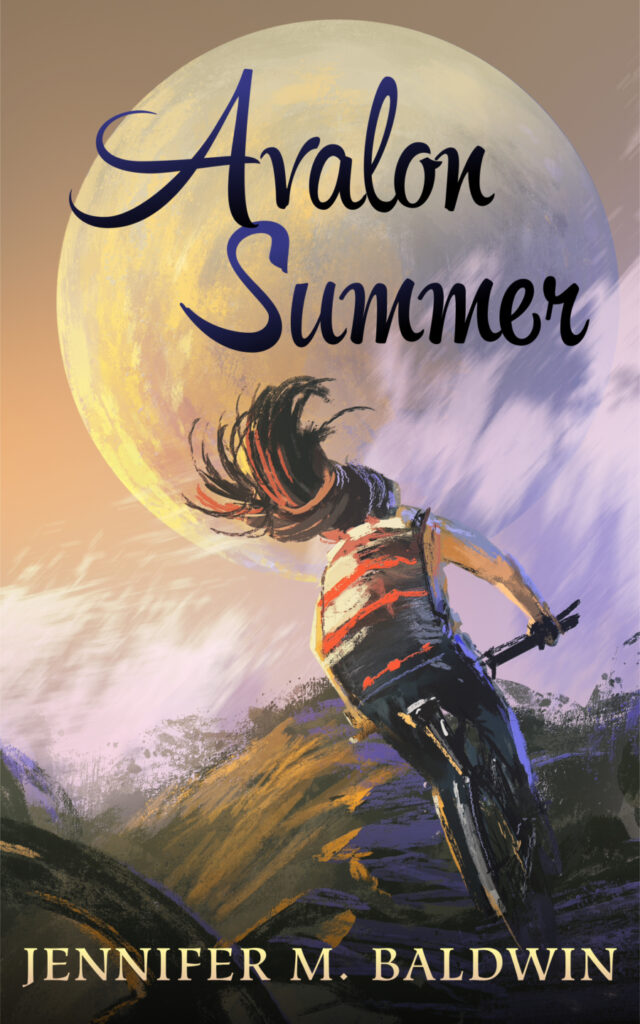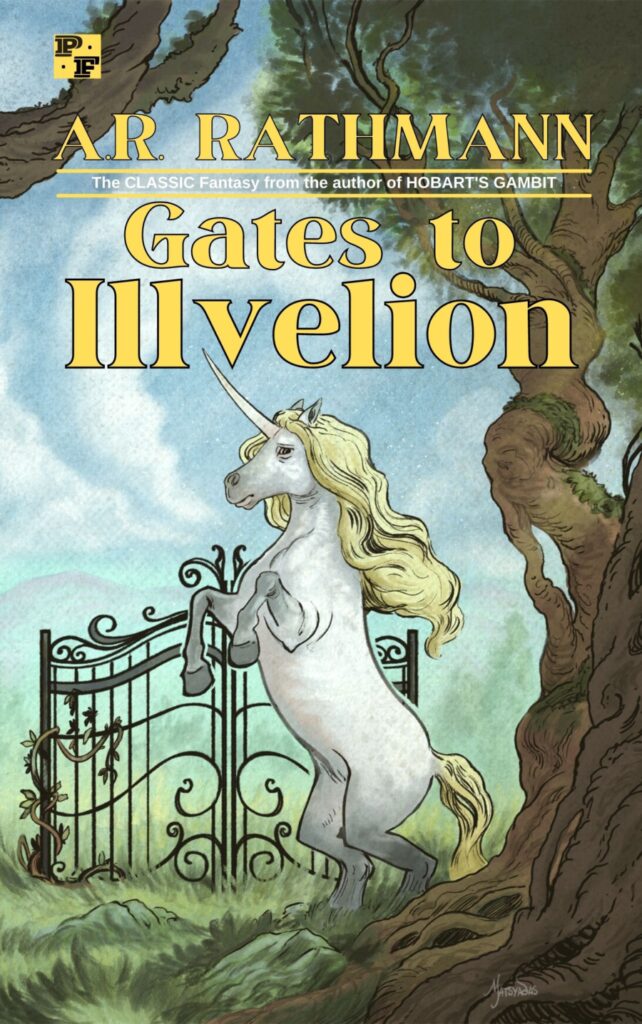It’s been five months since I posted my ridiculously long list of goals, and I figured it was time to do an update. Mostly for my own reflection. Maybe this is the teacher side of me, but reflecting on my work helps me see where to go next. It’s a taking-stock process. Let’s me know what steps to take next.
I set a huge number of goals in the hopes of “failing to success,” figuring that if I kept working at a bunch of different things, I’d make more progress than if I limited myself to only a few. Does this make any sense? Who knows, but it makes sense in my own head. I tend to do better and feel better when I have lots of creative projects going on that I can toggle between and work on bit by bit. Sometimes a particular thing takes over and I obsess over it, but other times I flit back and forth like a butterfly.
So, how is my flitting these days?
Hm.
That’s the short answer. Here is the longer answer:
Finish writing Norse City Limits (urban fantasy novel): I am not finished but this is the goal I’ve probably made the most progress on. As of right now, I’m roughly 40k into the story (maybe 45k… not sure because I handwrote a bunch of it and am now typing it up). I’m a bit stalled, however, so I’ve decided to go back to the last moment in the story when I was still really excited and start redrafting from there. That means that my most recent three chapters will be entirely new material as I scrap the old and start again. I’m not too upset by this because it means I’m getting excited about the story again and seeing where it heads next. I’m still hopeful I can finish this before 2024 kicks it.
Finish writing Ysbaddaden and the Game of Chess (second book in Merlin series): Haven’t done anything with this one yet. I’m focused on finishing NCL. I have a bad habit of losing steam in the middle of a novel and jumping to other things, and I don’t want that to happen with NCL, so I’m holding off on another big project until that one is finished. NCL is where my energy and imagination are at the moment too. Not that I won’t get to Ysbaddaden in 2024, but it’s probable that 2025 will be the year of Merlin’s Last Magic.
Finish a short story set in my sword and sorcery world: Not yet.
Finish a short story about a mother who learns a terrible secret about her son: Not yet.
Finish a short story set in my Children of Valesh universe: Not yet.
Publish my short story collection: Embarrassingly not yet. I have the cover art, I have the stories, I have them mostly copy edited, and now it’s just a matter of finishing layout and proofing. Getting those ISBNs assigned and uploading to markets.
Why have I stalled on this project? I think because when I have time for creative things, I tend to put my energies into writing and creating and not into the publishing. Publishing feels too much like “work,” and when I have free time, I don’t want to work, I want to play. This is good for my writing but bad (obviously) for my publishing. I should make a more concerted effort to get my writing out to readers, but in order to do so, I must steal time from my writing sessions, and I’m loathe to do that.
If there’s one goal on this list I really want to achieve before the year is out, it’s this one, so I MUST block time into my schedule and get this book out to market. I haven’t felt much urgency until now, but the pressure is starting to mount. Hopefully, I have a short story collection to announce in the coming weeks.
Finish a novella in my City of Ashes series: Not yet. Still focused on NCL and don’t want to switch to any other bigger projects.
Blog everyday (this one again!! LOL!): I am not blogging everyday… but I am trying to blog more and seeing some improvement on this measure.
Send out Substack newsletter every two weeks: Ugh. This is the one that hurts. I just haven’t been able to get into a rhythm. Since I’m really trying to finish NCL, I don’t devote much time to other writing pursuits. It should be obvious, then, that the Substack will suffer. But I hate that it’s being neglected. I don’t want to neglect it, but non-fiction takes longer (at least the kind I do on Substack), partly because it takes me longer to generate ideas and evaluate whether they’d be good enough for a newsletter essay.
I can write shorter thoughts and musings, and those tend to go on the blog, but for my Substack readers, I feel like if I’m sending something to their inboxes, it needs to be more substantial. That desire for a more in-depth and lengthy piece of writing puts the pressure on, and I shut down when there’s too much pressure. My ideas dry up. My fears and critical voice rear their heads.
The answer, such as it is, is to devote more time during my writing sessions to working on the Substack: generating ideas, drafting, researching, etc. This is a process that requires a good chunk of time. If I don’t schedule that time, it ain’t happening.
But to block time for the Substack means to lessen time for my fiction. This is the Sophie’s Choice I’m loathe to make.
Anyway, the Substack goal is a conundrum. Not sure how this is going to go other than maybe reassessing my goals and making a few hard choices.
Play more role-playing games with my kids, my husband, family, and friends: Have played more with the kids, but not where I’d like to be. We’ve played two sessions of Hero Kids RPG, but I’m itching to play more. The kids like it, but it’s hard for me to muster the energy some evenings, so we end up not finding time to play.
I need to block time for playing into my schedule (this is a recurring theme, isn’t it?). I want to try playing solo as well, and I’m currently reading the Emirates of Ylaruam gazetteer from the old Basic D&D TSR stuff. I’m planning to use the rules for Cairn and run a little solo campaign to explore the setting and get my role-playing fix.
I’m not sure I’ll get to play more with family and friends. No one seems particularly interested; I’m by far the most enthusiastic of the group. So perhaps solo gaming is the way to go.
Create some RPG modules for Norse City Limits and Merlin’s Last Magic: Not yet.
Make a “Saturday Morning” zine series and publish an issue every month: Not yet.
Make other zines: Not yet.
(Zine-making still excites me, but like with my other pursuits, I feel like all my focus should be on finishing NCL and writing fiction. If I had all the time in the world, I would do more with these side projects, but when my time is limited, I feel like I have to make the choice to write fiction. Can I find more time in my day? Can I schedule more time for these pursuits? I suppose I can, but what will be sacrificed to get this time? My walking? My reading? Time spent with my kids?
Maybe I try to fold my zine-making into time spent with my kids… we can all make zines together. This is worth a try…
Of course, I’m doing this to myself by having so many flipping goals! I realize that there’s simply not enough time in the day to do all these things to their fullest. But the seed of desire is still there, so for the moment, I’m going to continue looking for ways to do all my goals.)
Read more books with my kids (Mrs. Frisby and the Rats of NIMH, Half-Magic, James and the Giant Peach, the Hobbit, the Silver Chair, Horse and His Boy, Magician’s Nephew, Last Battle, more Little House books, How to Train Your Dragon series, Harry Potter): Yes, a little. We are reading The Hobbit, and we’ll be starting Harry Potter and the Sorcerer’s Stone soon.
Start naalbinding again (finish the hat I started for my son and make another one for my other son): Not yet, but I’m going to try committing to doing this in the evenings. Christmas is coming up and winter too, so now is the time to get it done.
Practice my cartooning/comics drawing (for the zines): I did practice drawing cartoon owls (to turn into an Isabel-story zine…?), but that’s all. I have some drawing books for as sources, but despite identifying them around the house, I haven’t gathered them to use. As a family, we sometimes spend Saturday morning drawing, so maybe I can make that a more regular and deliberate thing.
Write essays, poems, and fiction that will serve as models for my students next school year: I’ve started a long-form essay about decluttering to share with my students, but it’s in very rough draft form. I wrote a couple of models earlier this school year, but not nearly as many as I had planned. This goal sounds good in my head, but when it comes time to actually do it, I find that I resist. Just as my students resist assignments because they are assignments, I resist writing that feels like an obligation. I know I need to work on the mental attitude here and see these as fun and practice and a chance to try something new. But I’m still battling a lot of critical voice in my fiction and for-fun writing, so doing writing that’s more obligatory is an even harder hurdle to jump.
So much of writing is a mental challenge. Yes, craft matters, and learning how to do different techniques is important, but the real challenge (at least for me) is battling the ennui and the critical voice and the lack of confidence. I’m forever fighting the fear that I’ll make a mistake or write something bad.
My goal of writing more model texts for my students is no different. I’m afraid I’ll fail, so I resist doing it in the first place. After all, what if I’m trying to model a certain technique and I do a bad job of it? I’ll embarrass myself in front of my students. What if I set a goal to write a certain kind of essay and it turns out all wrong? The students will see I’m a fraud.
And on and on the negative thoughts spiral.
I know that I need to treat every creative act as an experiment, but this requires a mental shift that I’m still working on making. To see everything as an experiment means to have a certain kind of fearlessness and courage that isn’t always readily available. To be okay with failure.
This is perhaps the overarching goal for everything: to break through mental fear and go into every enterprise with an attitude of experimentation. All my 2024 goals are really the same goal, then. To experiment freely. To cease hesitating and go for it.
Bonus achievement: I wrote a short story about walking and bird-watching that came out of nowhere. It wasn’t planned, but I got excited about it and rode the wave until it was done. So despite not making progress on planned short stories, I spontaneously wrote one anyway. This is a good example of “failing to success.” I ended up writing something even though I failed to write something else. Having lots of irons in the fire, so to speak, meant that I was ready for when a new, unexpected iron needed shaping.



